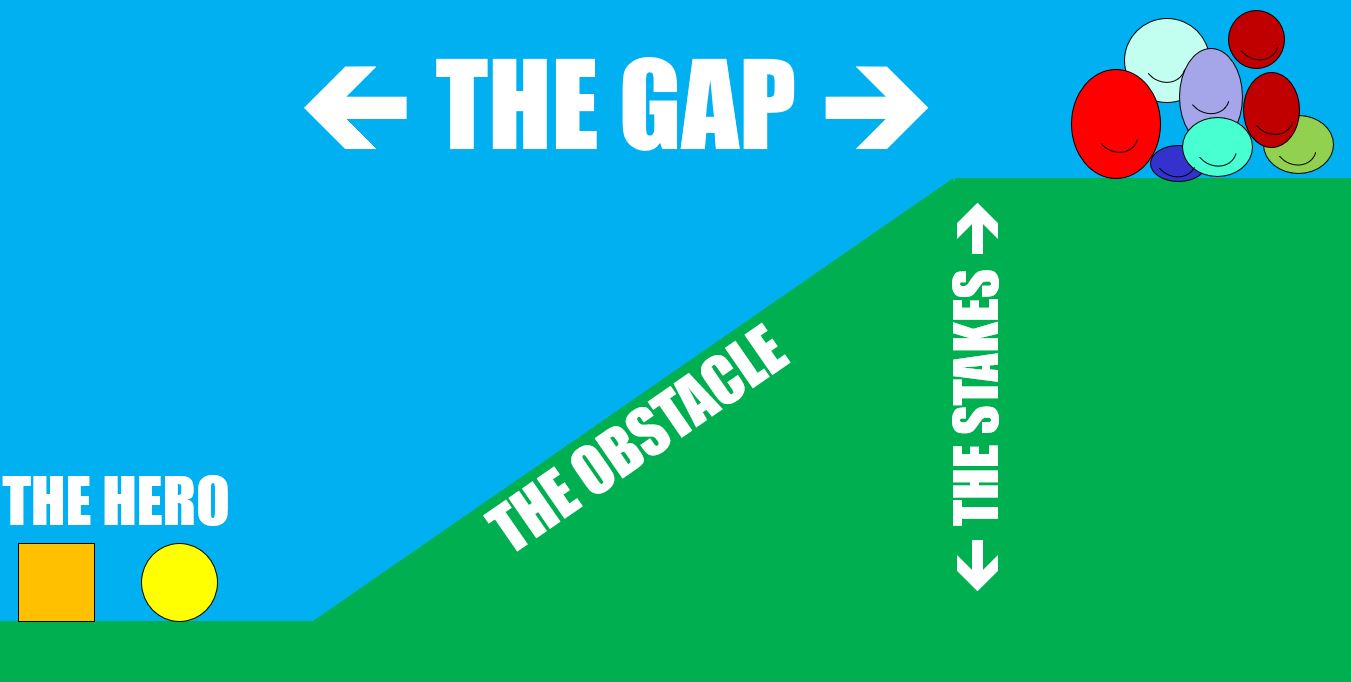Slo-Mo Chart
If your are using a 24fps timeline, this is how much you should slow your footage down to conform to 24p and get that super-smooth slow motion look:
30fps = 80%
60fps = 40% (or 80%)
120fps = 20% (or 40 or 80)
240fps = 10% (or 20,40, 80)
Practice, Practice, Practice
Next Challenge: Composing a Sequence
Your challenge is to frame/compose an action sequence using beautiful shots that also move the story forward. An action sequence can be as simple as getting ready for class, cooking, cleaning, doing homework, etc. A story is full of many action sequences and it can be very difficult to quickly choose what shots are needed to provide the proper context while also keeping a good pace to the story.
As for beautiful shot ideas, consider the following ideas:
- Symmetry
- Rule of Thirds
- Pattern replication
- Shape replication
- Color balanced image
- tracking shot or other gimbal shots
- In-Camera Transitions (whips, covers, etc.)
- Directional Continuity Transition
- Speed Ramp
- Dialogue / over-the-shoulder shots
- Punch-in or Punch-out
- Frame within a frame
- Lines of Convegence or other Lines
- Strategic use of negative space
- Parallax
- Parallax Zoom
Composition in Storytelling

0:00 Composition is storytelling. What to show/emphasize and what not to show.
1:45 Composition provides structure and focus to the story
2:18 There are rules that make things pleasing to the eye, but these rules can and should be broken to convey deeper meanings. What can you say when you go against the formula?
3:00 Cinema is still a new art form and has taken many techniques, standards, and assumptions from earlier forms (theater, etc.)
4:15 A language of film slowly emerged: Wide-Angle = Epics, Close-up = Emotion
5:10 1st goal: Get their attention
5:30 Compositional Influencers: frames, lines, light, eyeline, scale, geometry
6:00 Frame within a frame: storytelling possibilities
7:30 Lines of perspective and convergence: Use lines to trap them in a corner, or new paths on a journey
8:46 2nd goal: Which subject has control of the scene
9:13 Artificial vs. Primal Control
9:38 Importance of size and scale in an image
11:45 Or strip away other details and put controller in the middle
12:40 The uses of negative space
13:24 Movement makes composition more challenging, but moving to a new composition can be a great storytelling device
15:00 Every movement creates a new composition – a new piece of art



